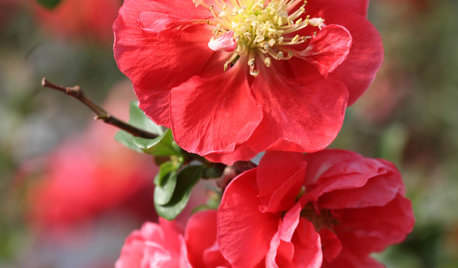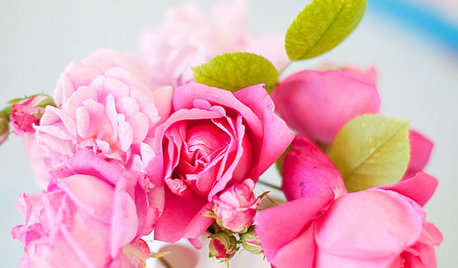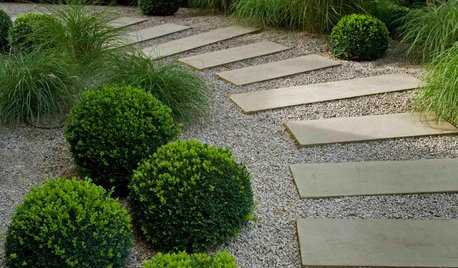Camellias and Hydrangeas
jimtnc
17 years ago
Featured Answer
Comments (15)
luis_pr
17 years agojimtnc
17 years agoRelated Professionals
Norwood Landscape Contractors · Arlington Landscape Contractors · Brandon Landscape Contractors · Kahului Landscape Contractors · Lakewood Landscape Contractors · Lemay Landscape Contractors · New Providence Landscape Contractors · Stony Brook Landscape Contractors · Tamarac Landscape Contractors · University City Landscape Contractors · Wayland Landscape Contractors · Shafter Landscape Contractors · Cedar Hill Swimming Pool Builders · Manassas Swimming Pool Builders · West Hollywood Swimming Pool BuildersBumblebeez SC Zone 7
17 years agojimtnc
17 years agoBumblebeez SC Zone 7
17 years agoluis_pr
17 years agojimtnc
17 years agojimtnc
17 years agoluis_pr
17 years agojimtnc
17 years agoluis_pr
17 years agofragrant_grower
17 years agoluis_pr
17 years agotxcottagegarden
17 years ago
Related Stories

WINTER GARDENINGCalifornia Gardener's January Checklist
Winter-defying blooms and pruning saws earn a cheer, while California-focused gardening design books get a well-deserved shout-out
Full Story
LANDSCAPE DESIGNFind Yourself in an Epic Garden in the Shade
Feeling hot and tired gardening in the sun? The world of shade gardening beckons you to its cool mystery
Full Story
SIDE YARD IDEASNarrow Trees for Tight Garden Spaces
Boost interest in a side yard or another space-challenged area with the fragrance and color of these columnar trees
Full Story
BUDGET DECORATINGSimple Pleasures: Treat Yourself to Cut Flowers
Enjoy priceless beauty with just a few inexpensive stems — and you don’t need fancy vases, either
Full Story
CONTAINER GARDENS7 Deer-Resistant Flowers for Your Summer Containers
Grow these as protection for edibles or just for their colorful beauty — deer might not like them, but everyone else will
Full Story
GARDENING GUIDES8 Plants for a Deliciously Fragrant Fall Garden
Scent the autumn air with the perfume of caramel corn, honey and spices by adding these intoxicating plants to your landscape
Full Story
FALL GARDENING7 Reasons Not to Clean Up Your Fall Garden
Before you pluck and rake, consider wildlife, the health of your plants and your own right to relax
Full Story
GARDENING GUIDES6 Plants That Beat Butterfly Bush for the Wildlife Draw
It's invasive, a nonnative and a poor insect magnet. Check out these better alternatives to butterfly bush in the garden
Full Story
LANDSCAPE DESIGNTouches of Grandness for the Garden
You don’t need a king-size yard to add a little formality to your landscape with fanciful hedges, topiaries and paths
Full Story
GARDENING GUIDESHave Acidic Soil in Your Yard? Learn to Love Gardening Anyway
Look to acid-loving plants, like conifers and rhododendrons, to help your low-pH garden thrive
Full Story





jimtncOriginal Author